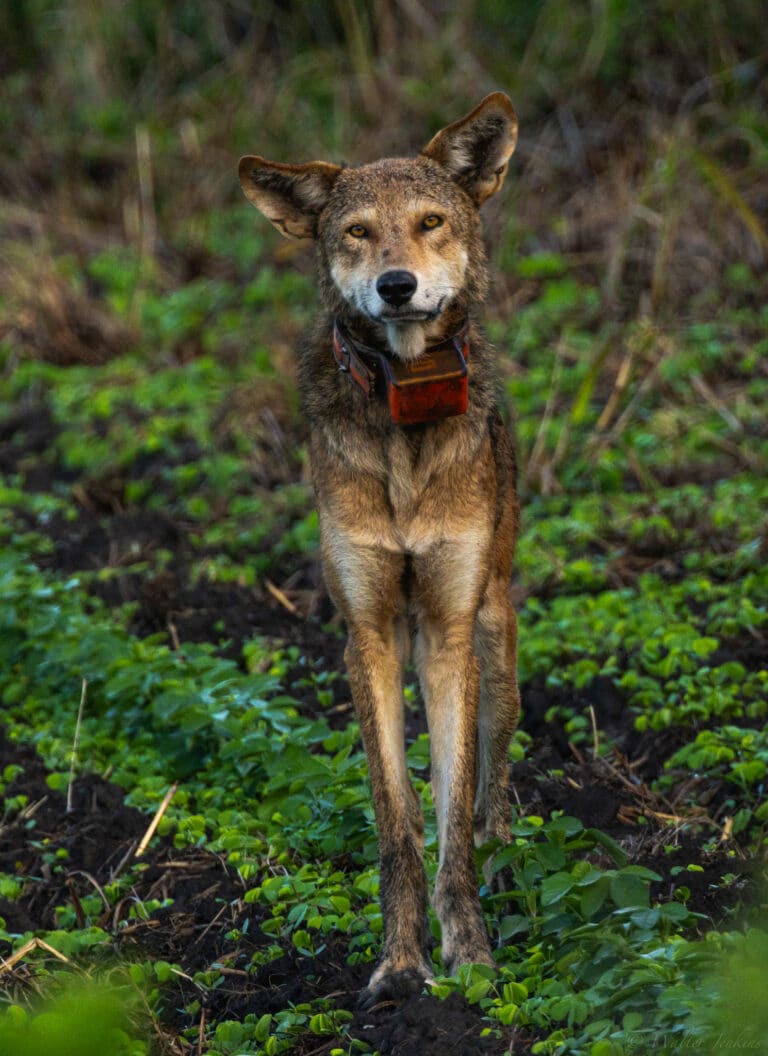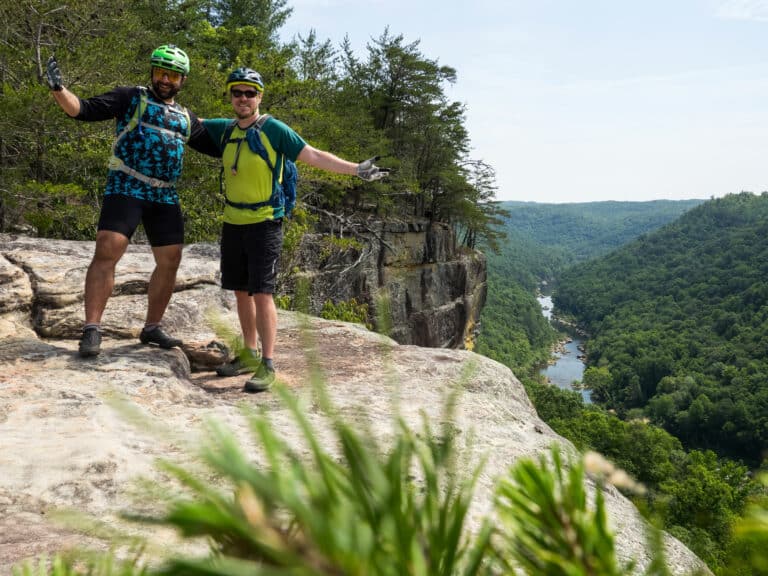Listen to an interview with Tim Kaine on Virginia Outdoor Adventures.
A multi-year adventure reveals the common ground Tim Kaine found in the outdoors.
I’m sure the security crew at the Newport News Shipyard wondered what the hell I was doing when I paddled by its carriers and subs in a two-person ocean kayak with my eldest son during a Small Craft Advisory on a windy Saturday morning in October. We were in the midst of a gnarly 12-mile stretch on the James River, where it empties into the Chesapeake Bay, heading to our take-out at Fort Monroe. When we landed after more than three hours of battling wind, waves, and tide, my land legs were so wobbly that all I could do upon exiting the kayak was fall backwards into the Bay.
What the hell was I doing?
After my re-election to the Senate in 2018, I passed 25 years in public life in Virginia—dating back to my first race for Richmond City Council. I wanted to celebrate the milestone and recharge my battery for more public service ahead. So I hatched a plan.

Elected officials often tour their states during weekends and recess weeks, but these tours are usually quick visits by car or plane. Considering Virginia has so much stunning terrain—from the mountains to the ocean—I wanted to take the time to really explore. So I created—and just completed—a multi-year endeavor that I’ve named the Virginia Nature Triathlon. In the past three years I’ve covered 1,230 miles on three quintessential Virginia natural landmarks—hiking the Appalachian Trail, cycling the Blue Ridge Parkway and adjoining Skyline Drive, and paddling the James River.
In 2019, I started hiking south on the A.T. from the West Virginia border at Harpers Ferry and, during the spring, summer, and fall, completed the Virginia stretch to the Tennessee border south of Damascus. I was solo for two-thirds of the trip, with friends and family joining occasionally. I walked through record heat, confronted bears, pulled off ticks, and dodged slithering snakes. I walked the length of Shenandoah National Park, soaked in the vast vista views of Three Ridges, and crossed the alpine-like grasslands of Grayson Highlands.

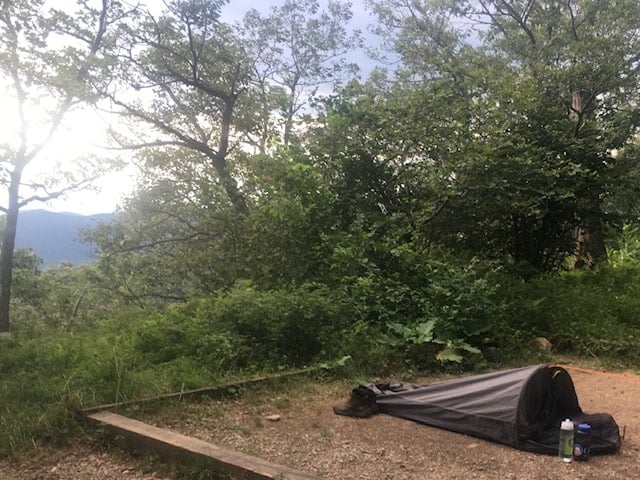
I spent time talking to hikers, shuttle drivers, park rangers, and folks in towns along the way. Some recognized me, unshaven with a burly backpack and dusty boots. Many didn’t. I lost 26 pounds but gained a great trail name: Dogbowl.
The following year I recruited five friends to ride the entire Virginia section of the Blue Ridge Parkway and Skyline Drive. We started on a rainy August morning at the Virginia/North Carolina border and pedaled north to Front Royal. Now all over age 60, we sweated up long climbs, bombed massive downhill stretches, and saw the endless beauty of the Commonwealth from the heights of the Blue Ridge. In the heart of the pandemic, the time together outdoors felt like freedom.


And I recently finished canoeing the James River, from Iron Gate in Alleghany County to the Chesapeake Bay. I paddled during the spring, summer, and fall of 2021—joined by my wife, Anne, our children, and friends, as well as Virginia tribal leaders, research scientists, local officials, and advocates from the James River Association. Along the way, I shot through rapids, endured long slack sections, saw history on the banks, and mastered four modes of person-powered river transport (canoe, batteau, raft, kayak). I also suffered my only injury—a severe burn on my left foot due to inattention with a camp stove that took me off the river for weeks.
I finished at Fort Monroe, where the first enslaved Africans entered the English colonies and later began an organized self-emancipation at the start of the Civil War, on the same day in October when John Brown led the 1859 revolt to strike slavery a mortal blow in Harpers Ferry. I helped persuade President Obama to make Fort Monroe a national monument precisely 10 years ago. My ending connected to my beginning.
I don’t know of anyone else who has completed all three of these adventures. My hope is that it might become a bucket list quest for Virginians and visitors to tackle over the course of their lives.
Other states have challenges like this. My brother and sister-in-law live in New York and tackled the Adirondack 46er challenge—their family climbing all 46 Adirondack peaks over 4,000 feet. Others try to climb all of the summits exceeding 14,000 feet in Colorado. Virginia deserves a quest like this (every state does), and I nominate my Virginia Nature Triathlon. I want people to complete it in small stretches at a time with an emphasis on seeing and learning, rather than rushing.
So what did I learn during my Virginia journey? First, that Virginians are abundantly blessed—with wildlife, plants and flowers, amazing viewsheds, places of deep solitude, streams and mountains, beaches and meadows, and woods and swamps. Overall we have a tremendous inventory of public land. These resources can transform us.
I thought often of The Waking by American poet Theodore Roethke: “Great Nature has another thing to do to you and me.”
The natural beauty is intertwined with powerful human stories, still accessible despite efforts to erase them. The haunting ruins of a small freedmen community viewed along Brown Mountain Creek in Amherst County. The hillside cemeteries of families displaced by Shenandoah National Park still lovingly tended. The Monacan nation striving to save their ancient home Rassawek at the confluence of the James and Rivanna Rivers.
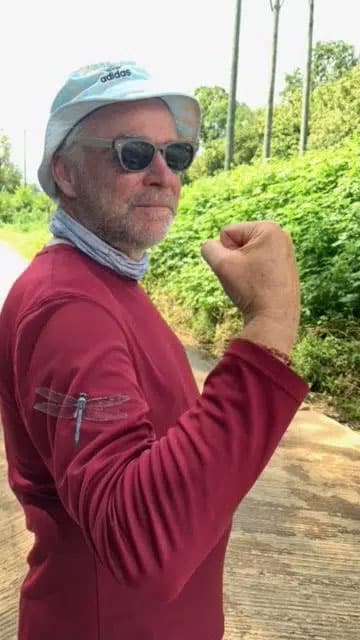
I also learned that today’s Virginians cherish our natural bounty. My conversations with people along the way weren’t stuffy or formal, and that made them more authentic. I could see that virtually everyone wants to preserve the amazing resources at our doorstep. In a seemingly hyper-partisan time, it is good to know that we have something to build on.
Our resources are fragile—pressured by climate change, pollution, and development. We need dedicated nature stewards, volunteers, advocates, and NGOs to battle for their protection. We also need to support efforts to democratize the outdoors by making the experiences all around us more accessible to people—especially women, people of color, and youngsters—who have not always felt safe or welcome in the wild.
Smart public policy helps protect our natural bounty. We will celebrate the 50th anniversary of the Clean Water Act in 2022. Major renewals in Richmond, Lynchburg, Front Royal, and other riverside communities are directly tied to this law. Wise regulations protecting the environment don’t hurt the American economy; they make it more resilient and sustainable.
So does investing in our natural resources. The Great American Outdoors Act passed by Congress in 2020 was a big bipartisan win for parks and other public lands. But as we now move forward with infrastructure investments, we shouldn’t limit ourselves to asphalt and steel. Better sewage treatment and stormwater management, rails-to-trail projects, agricultural buffers, trail maintenance, acquisition of more public land—these are all worthy investments too.
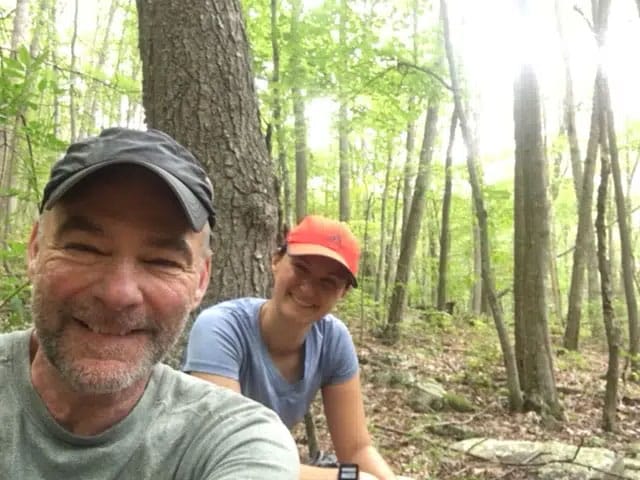
A positive aspect of the pandemic is that it has encouraged more people to spend time outdoors. But that leads to overcrowding and other challenges. We need to protect more and shore up what we have.
My biggest takeaways from the journey are a collection of joy shocks at the pure majesty of nature. A bald eagle soaring from a dead tree. My ancient Old Town Camper (nicknamed Old Raggedy) beached on the undeveloped eastern end of Jamestown Island as I stopped to rest. An adult black bear standing tall 10 yards away on a trail hugging a cliff near Mary’s Rock. Fiery orange mushrooms springing out of deep forest loam after a rain. Cresting Apple Orchard Mountain on the Parkway and feeling the wind in my face on the 13-mile white-knuckle descent. Massive sturgeon leaping into the air and then smacking back into the river below Richmond. Rejoicing to find a spring flowing cool on a hot August day. Fireflies faintly flickering near a dwindling campfire.
I ventured into the faraway nearby. It restored and inspired me. It can do the same for everyone. Back to Roethke: “God bless the ground! I shall walk softly there. And learn by going where I have to go.”

